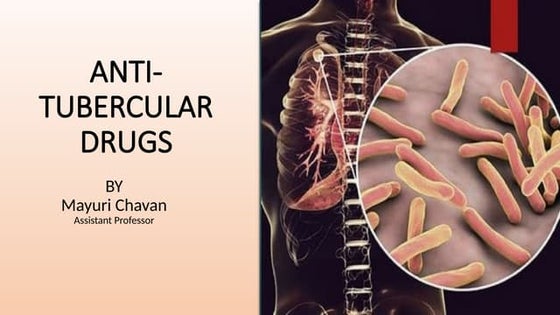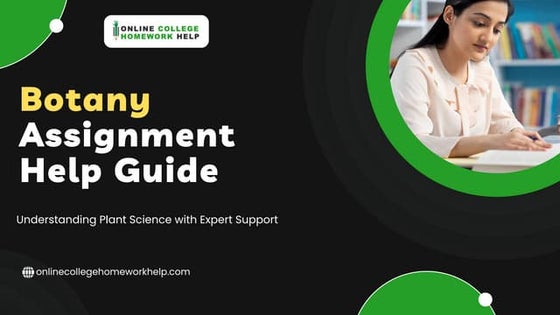The Great Barrier reef!
- 2. Great Barrier reef Location and cLimate ’ü« The Great Barrier Reef is part of the Pacific ocean and is located off the North-Eastern coast of Queensland, Australia. The climate experienced in Great Barrier reef is warm tropical weather. ’ü« It is sunny there year round because the Great Barrier reefs ecosystem is very sensitive to sudden climatic changes. During the winter months, humidity levels are lower and the air is much drier but it is still very sunny at the Great Barrier reef.
- 3. aBiotic factors of the Great Barrier reef ŌĆó All living organisms rely on abiotic factors for a place to live in and to thrive. The Great Barrier reef is an example on how abiotic factors play a role in sustaining communities of living organisms. ŌĆó currents; The Great Barrier reef has one main current that runs towards the reef and is known as the Eastern Australian current or EAC. Currents are caused by the friction released by the Coriolis affect, gravitational pulls, and the earths wind patterns. The EAC brings in tropical warm waters to the Great Barrier reef, keeping the reef waters warm.
- 4. more aBiotic factors ’āś LiGht; The Great Barrier reef is mostly shallow in depth allowing sunlight to enter and feed the reefŌĆÖs plants and coral . The deeper you dive into the water the more blue everything appears to be because blue light waves travel at the highest frequency and can penetrate the deepest into the water. More living organisms are found where the most sunlight is received in the reef. This is known as the photic zone, and most producers like algae are found in the photic zone because they need sunlight to produce glucose.
- 5. temperature and coraL Temperature is an abiotic factor that drastically affects the Great Barrier reefŌĆÖs biotic factors such as all the coral colonies that grow on the reef floor. Human pollution such as emitting excessive amounts of green house gases into the atmosphere, traps excessive amounts of heat in the troposphere. High amounts of greenhouse gases can prevent heat from escaping the Above there is a picture of a bleached atmosphere and is one of the causes of global warming. Global warming Acoral colony. Coral bleaching happens causes climate temperatures to raise. s when the corals protective algae layers die off and exposes the coralŌĆÖs The abnormally raising temperatures exoskeleton. The suspected cause for a of the Great Barrier reef climate puts coral bleaching is one of the effects from stress on the delicate coral colonies global warming. Coral colonies are very that make the Great Barrier reef their home. sensitive to sudden temperature increases and stress out to point that the colony loses its algae layers and dies off.
- 6. Biotic factors ’ü« Biotic factors are all the populations of living breathing organisms you can find interacting with each other as an aquatic community. ’ü« coraL; See all that coral bellow you? Coral are in fact cnidarians and are related to jellyfish. They are actually individual polyps (little invertebrates) that join together into colonies. Certain coral colonies rely on there symbiotic relationship with zooxanthellae (a type of algae) for food and protection and in return zooxanthellae settles on the coral for a home . Zooxanthellae are single celled organisms that use sunlight to produce nutrients, in other words, they are producers. Zooxenthellae also gives the coral all the beautiful coloration you see. zooxanthellae Coral colonies
- 7. more Biotic factors ’ü« All biotic factors are categorized in White tip shark trophic levels. In other words, living organisms have a role in the food chain and in controlling populations to maintain a balanced ecosystem. ’ü« The white tip reef shark; is a carnivorous fish and is considered a tertiary consumer in the food chain. They control the population of secondary consumers (like parrot fishes) that can easily reproduce and overpopulate the ecosystem. *White tip sharks are also viviparous and their pups grow in the uteri and sea cucumBer receive nourishment from a placenta. The gestation period for a litter of pups is up to 5 months.* ’ü« Sea cucumbers; is that sausage shaped, leathery skinned creature you see on your right. *They are known as the ŌĆ£vacuum cleanersŌĆØ of the sea because they are detritivores, meaning that they feed on dead plant/animal matter and Without sea cucumbers in the ecosystem the Great debris that pollutes the ocean. In the food chain Barrier reef would be polluted with excessive buildup sea cucumbers are classified as scavengers.* of dead matter. They clean the sand by eating detritus.
- 8. interestinG facts! Crown of thorns ’āś The Crown of thorns starfish is Starfish an invasive species of starfish found in the Great Barrier reef. The species is not native to the Great Barrier and destroys coral colonies. This star fish was believed to be introduced by humans to the Great Barrier reefŌĆÖs ecosystem around the 1960s. ’āś Not only does the Eastern Australian current circulates warm water to the Great Barrier reef but also serves as a migratory route for Leather back sea turtles. ’āś Did you know that the Great Barrier reef is the worlds largest reef and covers an area larger than Italy! pacific BLue tanG
- 9. save the Great Barrier ’é¦ reef! Think about all the beautiful coral and sea life that inhabit the Great Barrier reef. They all play a very important role in their ecosystem. If you start removing one of the species that inhabits the reef, What do you think will happen? Perhaps that species will go extinct and all the other species that rely on that species will go extinct too. Sadly, all humans that inhabit this planet interfere with the Great Barrier reefŌĆÖs ecosystem in everyday activities. Such as burning fossil fuels each time we take a ride in our car or dump waste into the ocean. The burning of fossil fuels adds more greenhouse gases than needed into the atmosphere. This is one of the causes of global warming and affects all the living things living on Earth. ’é¦ Scientists have been alarmed at the rate the global temperatures have been raising in the past ten years. The increasing climate temperatures of the Great Barrier reef has been taking a toll on the living organisms. The coral colonies that live in the Great Barrier reef are dyeing off quickly from coral bleaching. Without healthy coral colonies, the Great Barrier reefs ecosystem can collapse and results in the extinction of all these beautiful life forms.
- 10. save the Great Barrier reef! Without the Great the Barrier reef our ocean waters would be polluted and lifeless. It is up to us to change our ways of using energy if we want to save our Great Barrier reef. We could start by finding ways to lessen the burning of fossil fuels. For example, instead of car dealers selling cars that need gas for energy, they can sell rechargeable electric cars that create almost zero pollution. Most people donŌĆÖt go for electric cars because they are too expensive to pay off. Once you think about it, you'll find out that youŌĆÖll be spending more money on gas for car in a life time than spending a good amount of money on a decent electric car once in your life time. Another threat to the Great Barrier reef is waste being dumped into rain water drains. Many people donŌĆÖt realize that when they throw one piece of litter in a water drain it will lead directly to the ocean and kill a sea creature that gets trapped into the piece of litter. We can take action by simply picking up our litter and picking up after irresponsible people who leave their litter lying around. Although we canŌĆÖt fully prevent trash from reaching the ocean waters we can still contribute to protecting our Great Barrier reef by simply picking up after ourselves. Before you think about doing something that can possibly hurt our reef, think about how the Great Barrier reef would look like with waste killing off all the beautiful life forms. By taking action right now we can save the Great Barrier from major extinction and our future generations will be able to enjoy the natural beauty of the Great barrier reef.
- 11. Citation pa ge Cathleen, Bester. "White tip reef shark." http://www.flmnh.ufl.edu/fish/gall ery/descript/wtreefshark/wtreefsh ark.html. N.p., n.d. Web. 18 May 2012. . "Human Impact on the Great Barrier reef." http://sitemaker.umich.edu/gc2sec7la bgroup3/pollution. N.p., n.d. Web. 18 May 2012. . "The Great Barrier reef." www.australia.gov.au/. N.p., n.d. Web. . "Sea Cucumbers." 18 May 2012. <www.australia.gov.au/>. http://www.reef.edu.au/asp_pages/secb.as p?FormNo=46. N.p., n.d. Web. 18 May 2012.
- 12. Mor e citations ’é¦ Jason, Buchheim. "Coral Reef Bleaching." http://www.marinebiology.org/coralbleaching.htm. Copyright 1998, http://www.marinebiology.org/coralbleaching.htm. Odyssey Expeditions- Marine Biology Learning Center Publications, n.d. Web. 18 May 2012. ’é¦ . "Kelp forests." http://www.mesa.edu.au/habitat/kelp05.asp. Copyright 1998, Odyssey Expeditions- Marine Biology Learning Center Publications, ┬® MESA 1999 - 2011. Web. 18 May 2012.
- 13. T he End My GBR mural on my room wall By Jasmine Hernandez












































































